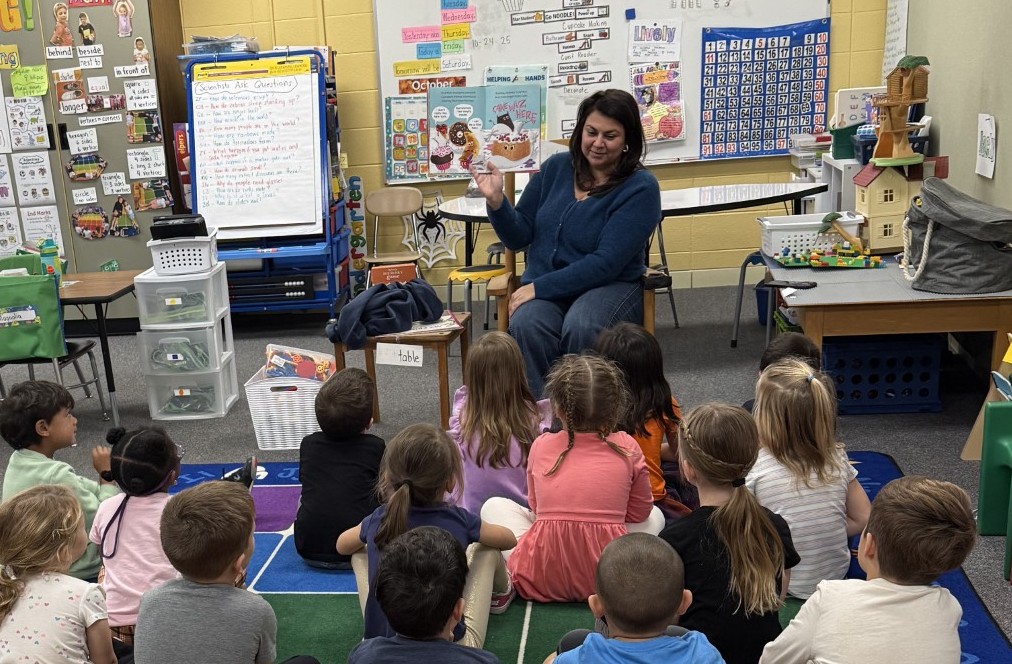The Price is Right—AV and ROI
Calculating the Return of Investment on AV tech might seem like an impossible task. How can one place a dollar value on the excitement of a class of second graders spotting their first baby elephant live at an African waterhole, the connection a middle schooler has with their lab partner (who happens to be Skyping in from a country across the globe) or a verbally challenged child on the spectrum finding their voice for the first time through an interactive projector? While student engagement, educator morale, community pride in innovative school projects and these examples of “soft” ROI might be hard to quantify in financial terms, the “hard” ROI is a little more straightforward.
First, to reach a true bottom line, it important to compare not just the price but the Total Cost of Ownership (TCO). Many ROI-savvy tech purchasers have leaned toward solid-state video projectors or hybrid LED and laser tech (instead of conventional lamp-based projectors). These lamp-free options have no lamp replacement costs over the life of the projector which reflects a big savings. Finding the TCO isn’t complicated, in fact most websites offer TCO Calculators to compare products by simply plugging in a few data points like daily/annual usage, energy cost and filter cleaning or lamp replacement costs (including labor and time resources).
In the big picture, it is also important to future-proof your pick, ensuring the latest advancements will offer your tech a long and useful life. Sustainability is key. Those wanting to ensure not only fiscal responsibility, but also environmental and social standards are met to the highest level can opt for a TCO 2.0 certified projector awarded by an independent nonprofit (currently a number of Casio and Epson projectors made the cut). One requirement for projector TCO certification is for the product to offer excellent image quality up to a specific maximum projected image size. The product also requires an Eco Mode — this means that the projector can be set to a lower light intensity, which reduces the energy consumption and noise level and increases the lifespan of the lamp therefore adding to value.
Once you’ve settled on the perfect projector or display for your needs, you can to heighten your ROI with these tips.
Protect the Tech (and the Budget) Checklist
1. Register all products upon acquisition and add purchase date, serial number, model number and warranty on one Master List. The Master List should include all AV products, as well as accessories or replaceable components of the tech you are using. A quick scan of the list can ensure you are not purchasing duplicates and that all owned tech is being utilized. Outdated or superfluous tech could be donated, traded in toward updated products or reassigned to an alternate venue within the district or school, whose needs it would meet. (This Master List can also support efforts to secure new needed tech, during school board and budget meetings.)
2. Add a “lifespan” column to your master list. Knowing in advance when your tech has run its course and will likely need replacing gives you the opportunity for smart shopping. For accessories or smaller elements, such as lamps, mics or filters, buying in bulk might make financial sense for your district. This saves not only educator and student time resources, should an item fail during teaching sessions, but avoids pricy express shipping costs — or shipping costs altogether if free shipping minimums are met. For larger items, this allows sufficient time to research and find the best new option for your needs, and the best deal on that tech.
Tools and ideas to transform education. Sign up below.
3. Ensure educators have a reliable “go to” for tech support to avoid pricy mishaps when trying to fix glitches on their own. If you have an onsite IT or district tech support department, make sure contact info is readily available by labeling the tech with their number or email so that someone familiar with that particular tech can be reached. Take advantage of free maintenance subscriptions when purchasing tech, or consider a contract with an AV managed service provider who can offer support and maintenance for smooth installation and integration of all your products.
4. Run performance tests on a regularly schedule to unearth slowdowns or faulty elements that could be updated to improve productivity. This will also catch potentially costly issues that can be addressed before warranties expire.
5. If you have a large district with a high volume of projectors and display tech, consider AV resource management/remote monitoring. One projector inadvertently left on overnight just twice a month can kill over 300 hours of lamp life over the space of a year. Add in the occasional weekend and that could waste nearly half of the lamp’s life. Remote monitoring could also deter theft, an issue that has grown as the size and portability of projectors has shrunk.
An Apple a Day… or a Casio, or an Epson
Once you’ve made your investment, ensure you get the most of your new equipment by making and following a proactive maintenance schedule. Give ownership of the upkeep to a designated party to keep the value of your investment protected. Much like neglecting to change the oil in your car or blowing off that annual physical, ignoring updates and new software releases designed to improve your products can have expensive consequences.
- Equipment that is not working properly costs you valuable instruction time.
- When educators don’t have what they need to do their job in the best way possible, morale for the present product and buy-in for future tech suffers.
- The initial impact of engaging students on a new topic of study only happens once. When projectors or other AV equipment doesn’t work, learning is affected.
- Emergency maintenance service is inconvenient and impractical to arrange on an immediate timeframe for onsite IT, or expensive when tapping an outside source.
Sascha has nearly two decades of experience as a freelance journalist writing for national magazines, including The Washington Post, LA Times, Christian Science Monitor, National Geographic Traveler, and others. She writes about education, travel and culinary topics.

